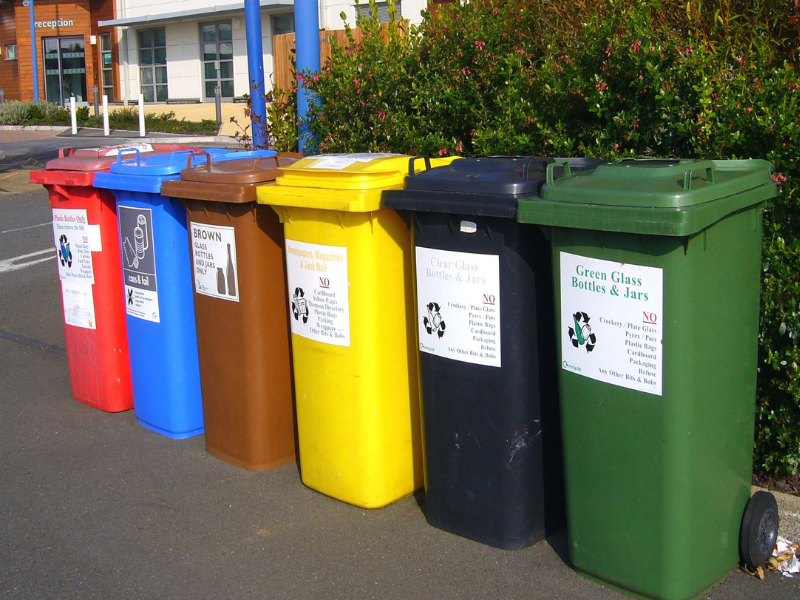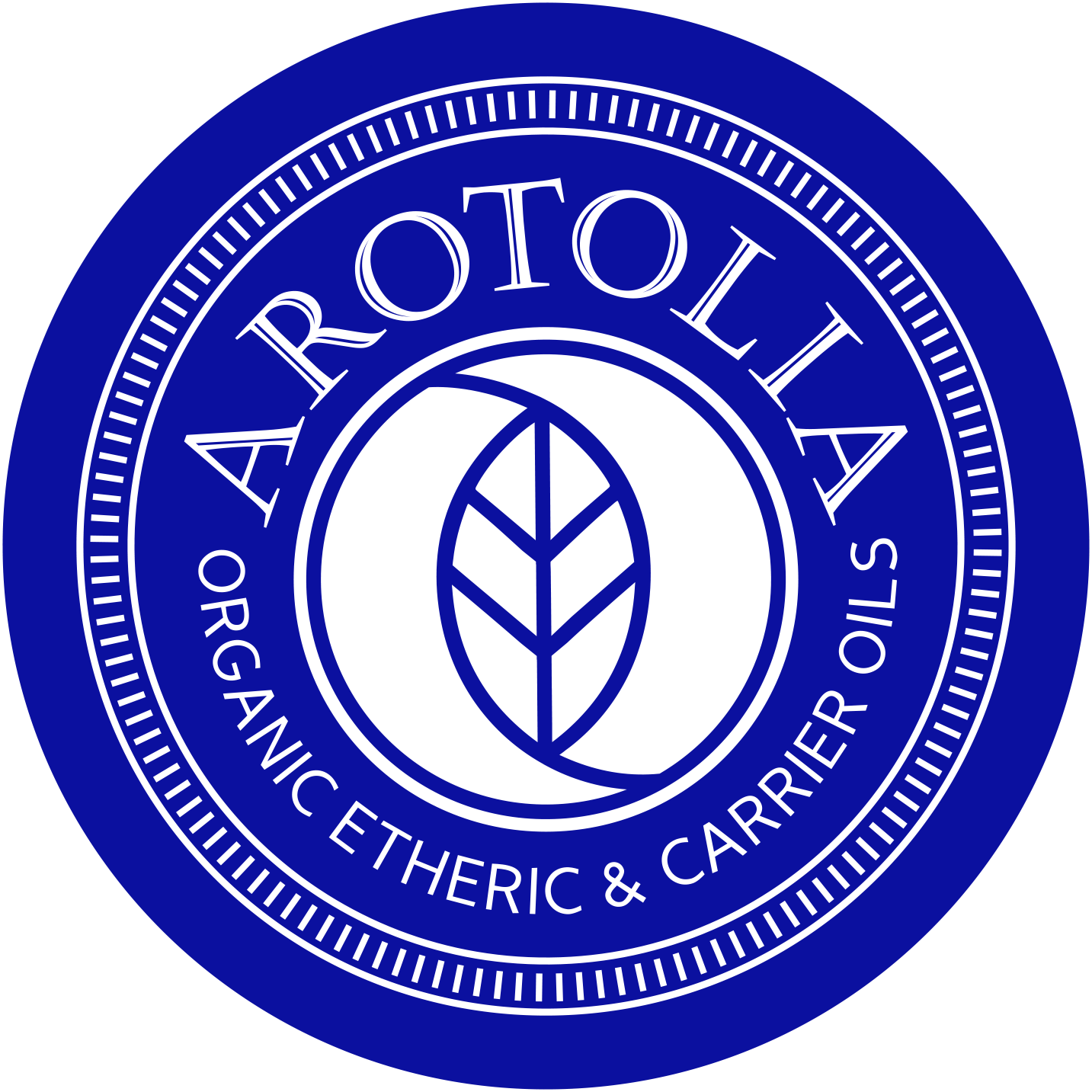
Recycle
RECYCLING MATERIALS AND THEIR DEFINITIONS
- Glass: Glass or glass is a transparent or translucent, usually hard, brittle solid material of inorganic amorphous structure that allows the containment of liquids. Glass has been used both as a construction material and as an ornamental item since ancient times.
- Paper: It is used for writing, printing, wrapping, wall covering, etc., made from various vegetable materials that have been made into paste. scaly, usually white and thin leaf
- Aluminum : It is a ductile metal in silver color. Aluminum's atomic number is 13. It is generally found in nature as bauxite ore. Aluminum has a wide range of uses with its superior resistance to oxidation. The basis of this resistance is passivation. It is used in the production of millions of different products in many branches of industry and has a very important place in the world economy. Structural components made of aluminum are indispensable for the aerospace industry. It finds wide usage area in transportation and construction industry, which requires lightness and high strength properties.
- Plastic: The so-called monomer formed by carbon, hydrogen, oxygen, nitrogen and other organic or inorganic elements; It is the name given to the materials obtained by breaking the bonds in the simple molecular groups and transforming them into a long and chained structure called polymer.
- Batteries: Convert chemical energy to electrical energy
- Engine oil: Engine oil prevents the abrasion of the rubbing surfaces by forming a slippery oil layer between the working parts of the engine in motor vehicles.
- Accumulators: A device that stores electrical energy as chemical energy and gives it as electrical energy when requested, a source of electrical energy in vehicles.
- Concrete: It is a hard, durable, stone-like agglomerate obtained by mixing cement with sand, gravel and water in the appropriate ratio.
- Organic waste: These are the wastes of natural or vegetable products such as fruits and vegetables.
- Electronic waste: It is the waste of electronic products and technological devices.
- Iron: The main raw material of the steel industry is iron ore. In order for a mine to be considered as an ore, its operation and use must be economical.
- Textile: Animal, vegetable or chemical fiber use products. It is the production sector that includes everything that can be worn and some decoration products.
- Wood: Any product made from wood. It has been one of the most common building materials in human construction since prehistoric times.
- Metal: Elements with high electrical and thermal conductivity, unique shine, prone to forming, high tendency to form cations, combining with oxygen to give mostly basic oxides. Metals can be classified among themselves as noble metals and non-noble metals.
- Solvent Based Wastes: Degreasing and cleaning etc. in almost every production sector in the industry. solvent is used in the process.
WHAT IS RECYCLING?
Recycling, as a term, is the recycling of recyclable waste materials that are out of use as raw materials through various recycling methods to the manufacturing processes. First of all, the need for raw materials is reduced, as the consumed materials can be reintroduced into the recycling ring. Thus, the increase in consumption in parallel with the increase in the human population prevents the deterioration of the natural balance and the damage to the nature. However, the reuse of recyclable materials as raw materials makes it possible to save a great deal of energy. For example, using recyclable aluminum can save up to 35% energy compared to making aluminum from scratch. The use of waste materials as raw materials is also important in terms of preventing environmental pollution. The reuse of used paper in paper manufacturing can reduce air pollution by 74-94%, water pollution by 35% and water use by 45%. For example, 8 trees can be prevented from being cut down by adding one ton of waste paper to the pulp.
EFFECT OF RECYCLING ON ENERGY SAVINGS
Recycling means reusing. The more we recycle, the less energy we will need. Because, for example, since we don't have to manufacture a plastic bottle from scratch, it will require much less energy to make it reusable. This ensures a clean environment as well as significantly controlling the consumption of natural resources. In this respect, it can be one of the items that shape the future of societies.
How Does Recycling Save Energy?
Producing industrial products containing recyclable materials such as wood, paper and glass from scratch requires significant energy expenditure. However, obtaining these products through recycling processes means consuming relatively less energy. Obtaining the raw material for the first time, that is, producing the product from scratch, is at the beginning of the road, while obtaining the raw material begins to harm the environment. Conditions such as damaging the ecosystem where the raw material is obtained and creating air and water pollution are among these damages. Turning recycled materials into useful instead of producing new raw materials means that manufacturers save energy and therefore money in order to obtain these products. At the beginning of these processes, of course, comes the use of construction equipment and fuel costs. Especially the fuel use of construction equipment and transportation vehicles brings significant costs. Energy savings of up to 30% have been achieved in companies that have started recycling.
Why Do We Need Energy Savings?
Using energy efficiently means saving money. One of the most important reasons for energy savings is to cut costs. Generating electricity from fossil fuels is an unclean way, and in this process, we see the effects of global warming as a result of the emission of greenhouse gases into the atmosphere.
What is Energy Saving?
Energy saving means efforts to reduce energy consumption. Energy savings can be achieved with efficient energy use, low energy consumption and/or low energy consumption from conventional energy sources.



